The Olympus STYLUS XZ-2 is a wonderful successor to the older XZ-1 and fulfills all the qualities expected from a flagship product. The image quality is great, AF speeds are impressive and the wide apertures ensure that you do not have to ramp up the ISO settings even under low lighting conditions while shooting handheld. Using the Fn1 and Fn2 buttons speeds up camera navigation and the 3-inch 920k dot LCD screen does not cause any visibility issues under sunlight. We only had some issues with video recording which provides very little tweaking options and the zoom motor sound tends to get recorded.
Build Quality
Olympus XZ-1 was a well-built camera and the STYLUS XZ-2 continues that tradition. The metallic build, detachable rubber grip on the front and the thumb-rest on the rear side give the XZ-2 a solid feel and it fits well in your hand. The camera is on a comparatively bulkier side, as compared to its predecessor XZ-1, thanks to the presence of a tilting LCD screen. But on the whole, it is compact in its appearance and can easily fit into a jacket pocket if not in your jean’s back-pocket or shirt pocket.
The front face of the XZ-2 is pretty clean except for the Fn2 button and the lever around it which we will discuss later. The ring around the lens found on the XZ-1 is also present on the XZ-2 and has a decent click-stop mechanism. Paired with the textured design on it, the click-stop mechanism makes it easier to operate the ring. The lever around the Fn2 button when turned to the left, makes the ring around the lens act as a zoom ring and the click stop mechanism gives way to a more smoother rotation. When the lever points down, the lens ring can be used to select aperture or shutter speed in A and S modes respectively. In the manual M mode, the lens ring adjusts shutter speed. However, these are the default options. You can enter the menu and set the lever function as zoom, manual focus or MF/zoom. It is best to use the ring for manual focussing as the zoom notch around the shutter button is good enough for that function, unless you want to specifically know how much zoom (1.0x to 4.0x) are you using.
Coming to the top edge of the Olympus STYLUS XZ-2’s body, you have a pop-up flash on the left hand side, the hot-shoe element in the centre just above which you will notice two holes for the stereo microphone, on/off switch button on the right, shutter button surrounded by zoom notch and finally the mode dial on the extreme right hand side. A dedicated video-record button is placed on the slanting edge. The placement of mode dial and video record button is ergonomic and can be easily operated with the thumb. the mode dial is metallic and has a nice clicking sound. You will not end up accidentally rotating the mode dial as it is a bit stiff which is good.
On the rear side of the Olympus STYLUS XZ-2 you have touch-sensitive 3-inch LCD monitor, beside which there are the navigational buttons. As has become the norm nowadays, you have rotary dial which also acts as the four way navigational pad. This rotary wheel is surrounded by four buttons. Using the touchscreen in tandem with the buttons is quite intuitive. The touchscreen response is good and the high res 920k dot resolution ensures that you get a detailed view of what you are framing. The brightness of the screen can be adjusted according to your preferences to improve visibility in the daylight. We faced no issues here. The nav-pad buttons have a good feedback mechanism as compared to the surrounding four buttons which are comparatively recessed. The screen can only tilt at 90 degrees for low angle shots and around 45 degrees for the composing frames over your head.
Features and User Interface
The STYLUS XZ-2 houses a 12.1MP 1/1.7-inch back-illuminated CMOS sensor with a TruePic VI image processing engine. It has an iZuiko Digital lens having a 4x optical zoom going from 28-112mm (35mm equivalent) focal length with a maximum aperture range of f/1.8 to f/2.5. The ISO range on the XZ-2 starts from 100 and goes all the way to 12800, which is higher than the XZ-1 which topped out at ISO 6400. The exposure dial goes from -3 to 3 EV with 0.3EV steps allowing a wide range of exposure settings.
The user interface of the XZ-2 has not changed much from the mirrorless Olympus cameras that we have seen last year or the XZ-1 for that matter. The live-control menu pulls up all the settings including image stabilisation, photo style, white balance, focus selections, metering menu and so on, that you can tweak on the screen. The touchscreen allows you to focus using touch and even click the shutter with touch; you can set both these operations off as well. You cannot enter any of the live control settings using touch, those are accessible only with the buttons. While reviewing photos, you can swipe through images but you will need to double click or using the zoom touch buttons in the bottom right corner to zoom in or out.
You have the Fn1 button on the top right of the Olympus STYLUS XZ-2’s rear side and the Fn2 button in the centre of the lever in the front which can be assigned functions so that one can quickly access them without having to go to the live control menu. While the Fn1 button allows you to assign it only one out of the multiple function it offers, the Fn2 button can cycle through as many as 16 functions which can be selected or deselected based on your preference. We set ours to ISO, WB, Art Filters and AF modes, but you can go ahead and make your own choice. Having all 16 functions doesn’t make much sense as it will involve the same number of clicks as it would by bringing up the live control menu. Setting it to your most commonly used settings will make operating the camera speedy.
You can further tweak the settings by clicking on the Olympus STYLUS XZ-2’s Menu button below the rotary navigational pad. It has options to tweak shooting menus, playback menus, custom menus and other settings. You will find the Bracketing setting under Shooting Mode 2 and you can bracket for white balance, ISO, art filters among others. Under the Custom Menu, you have access to all the possible tweaks you can make to your camera such as setting the function (Fn1 and Fn2) buttons, lever functions, display settings, exposure settings, focus settings and so on.
Just like its predecessors, the Olympus STYLUS XZ-2 features 11 Art filters, each of which comes with its own set of adjustments. The SCN modes lack any contextual tweaking as is seen in the Art filters. Some SCN and Art Filter modes can also be used in the video mode, but we noticed that in some art filters such as Dramatic mode, the video tends to be laggy as the camera is applying the filters on the go.
One thing we didn't like about the Olympus STYLUS XZ-2 was the battery charging mechanism. It is done via a USB cable which is connected to the camera with the battery inside it. This can a bit cumbersome, if you have multiple batteries, as charging them will require the camera to be connected to the charging point as well.
Performance
Focussing
One of the strong points about Olympus high end cameras is the AF speed. We were super impressed with the AF in the Olympus EP3 and OM-D E-M5 and the XZ-2 continues that tradition. Locking the focus in under a second in most daylight situations and not hunting for focus under low light is the USP of the XZ-2. Although one thing we did not like about the XZ-2 is that the 35-point focus area arranged in the 7×5 grid is centre-heavy, so you can forget focussing edges and corners and will have to reframe the image accordingly. The XZ-2 also provides a 5×5 grid for getting larger portion in focus.
With the Olympus STYLUS XZ-2, you get five focus options – single point AF, continuous AF, Super Macro, AF tracking and Manual focus. The AF tracking mode does a good job with tracking the subject increasing or decreasing the focus area accordingly which worked particularly well when we were panning moving subjects in stills. The Super Macro focus mode is impressive. Although it takes longer to lock on the focus as compared to other modes, the end result is great with a pleasing soft background. You cannot do manual focussing in the super macro mode, so you will notice at times that the camera will fail to lock the focus and will have to adjust your distance from the subject accordingly. In the MF mode you can do manual focussing either via the rotary navigational pad or the lens ring in the front. Both methods of manual focussing are equally good and it zooms in on the focus area you have selected from the 35-point grid. The ease of selecting the focus area is a big plus with the XZ-2.
ISO performance
In our studio tests, we noticed that the XZ-2 performed flawlessly between ISO 100 and ISO 800. We did however notice that the detailing in the threads and text starting to get slightly affected from ISO 800 onwards at 100 per cent crops, but the overall image is still quite good. From ISO 1600 onwards, noise becomes noticeable at 100 percent crops. Moving on to ISO 3200, we noticed that the image starts deteriorating due to noise and it just becomes worse at ISO 6400 and higher. Under low lighting situations, noise starts showing up at ISO 800, but since it is luminance noise, the overall image still looks fine even at 100 percent crops. But taking into consideration the wide apertures, you will barely find the need to go beyond ISO 800 is most shooting conditions which is great.
 ISO 100 |
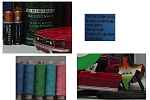 ISO 200 |
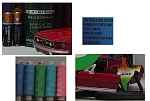 ISO 400 |
 ISO 800 |
 ISO 1600 |
 ISO 3200 |
 ISO 6400 |
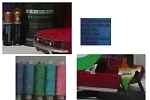 ISO 12800 |
Low light performance
Thanks to the wide apertures on the lens of the XZ-2, the camera holds its own under low light situations. We didn’t face much issues during hand held shooting and the image quality was quite good under low light situations. It performs decently well till ISO 800 in low light situations, at ISO1600 you will start to notice noise, but it appears more like fine grain thanks to the absence of any artifacts.
 ISO 100 |
 ISO 200 |
 ISO 400 |
 ISO 800 |
 ISO 1600 |
 ISO 3200 |
Image Quality
The STYLUS XZ-2 is blessed with a fast lens going from f/1.8 at the widest to f/2.5 at the telephoto end. These numbers ensured that we got impressive photographs even under low light conditions without us having to ramp up the ISO settings. Image quality was top-notch as can be seen from the sample images. Getting images with a soft out of focus background or shallow depth of field is a piece of cake thanks to the wide open aperture.
-small.jpg) |
-small.jpg) |
-small.jpg) |
-small.jpg) |
-small.jpg) |
-small.jpg) |
-small.jpg) |
-small.jpg) |
-small.jpg) |
-small.jpg) |
-small(1).jpg) |
The lens performs quite well showing minor barrel distortion at the telephoto end. Chromatic aberrations were well controlled and we hardly noticed any colour tinging around the edges of leaf-less branches on trees shot against a blue sky.
|
|
The RAW .ORF format allows you to keep as much details of the scene as possible if you are the kinds who want to enough flexibility while post processing. The JPEG processing isn’t bad though. The camera startup-to-first-shot time is under 2.5 seconds which is pretty impressive.
<sample images>
Video performance
The XZ-2 is capable of shooting full HD videos at 30 fps. The indoor videos were able to suppress noise quite well and we noticed that the quality of footage was also good, but it tends to record that annoying motor sound while you are zooming when shooting videos. The continuous AF mode does tend to hunt for focus while you are zooming in or out. In the AF tracking mode, the videos were comparatively better than continuous AF mode.
Videos shot in daylight were good and it adjusts the lighting in the shadow areas quite well as is seen the video below. The stereo microphone is quite sensitive and picks up sounds well and there is a good amount of sound separation. In the video below, you can hear the birds chirping distinctly, amidst as the rustling of the leaves and the din of the traffic.

While panning we did notice the rolling shutter which is one grouse we have against the videos. The second one being lack of any manual controls. All you get are resolution selection, microphone on/off and wind noise reduction on/off options. For a camera of this calibre, Olympus could have included some movie tweaking options as well.
Verdict
The Olympus STYLUS XZ-2 is a wonderful successor to the older XZ-1 and fulfills all the qualities expected from a flagship product. The image quality is great, AF speeds are impressive and the wide apertures ensure that you do not have to ramp up the ISO settings even under low lighting conditions while shooting handheld. Using the Fn1 and Fn2 buttons speeds up camera navigation and the 3-inch 920k dot LCD screen does not cause any visibility issues under sunlight. We only had some issues with video recording which provides very few tweaking options and the zoom motor sound tends to get recorded.
At Rs. 31,990, the XZ-2 is decently priced when you take into consideration other advanced point and shoot cameras such as the Canon G15 (Rs. 34,995) and the Sony RX100 (Rs. 34,990). The biggest threat to the Olympus XZ-2 is the Sony RX100 whose larger sensor size puts it at an immediate advantage under low lighting conditions and its video performance is better than the XZ-2.
So would we recommend the Olympus STYLUS XZ-2? Absolutely. For a discerning enthusiast looking at an advanced point and shoot camera, the XZ-2 is a very good choice. It is a wonderful tool for street photography enthusiasts. Highly recommended if you can get this at a sub-Rs. 30k pricing.

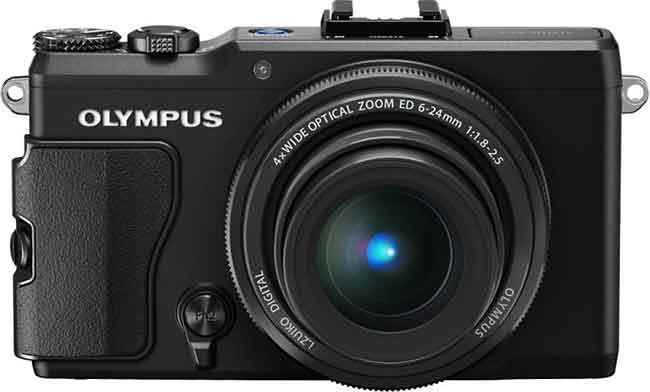

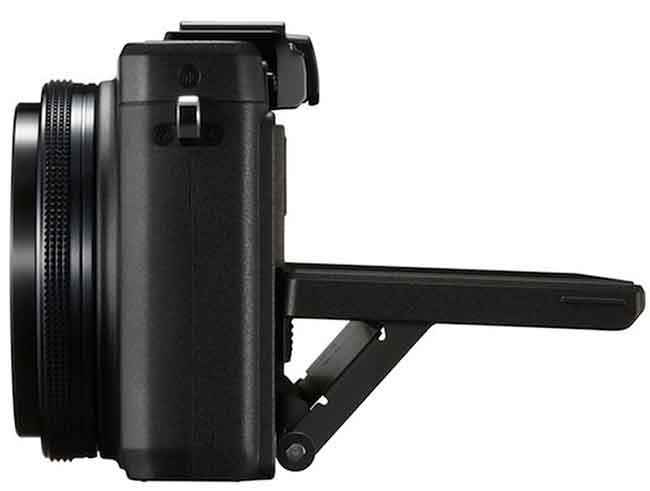
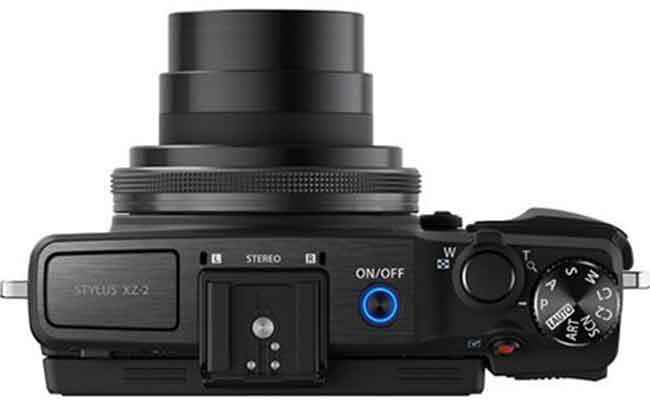
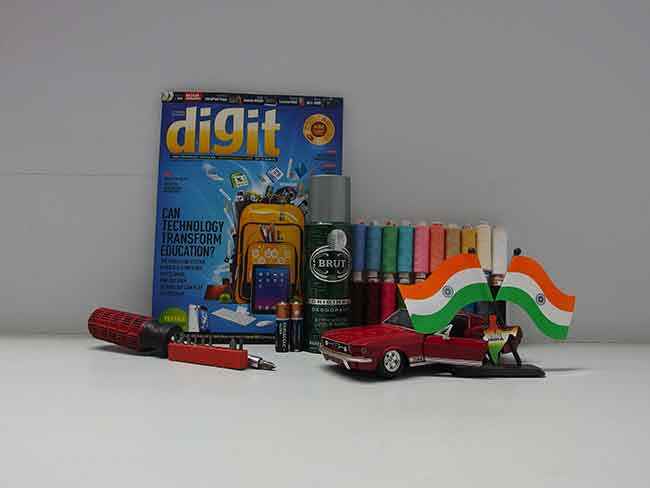
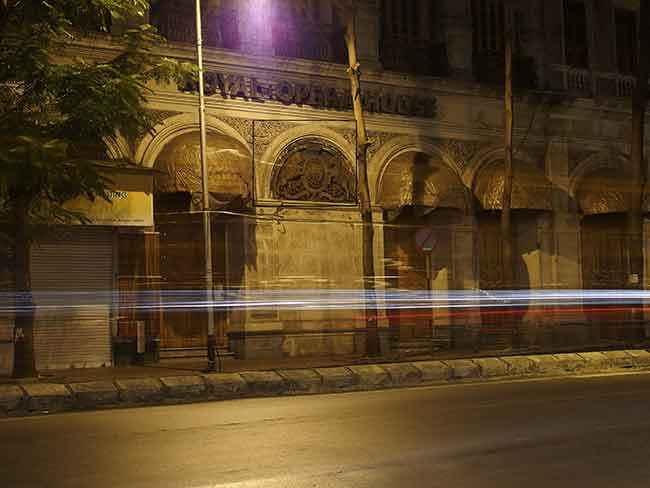

.jpg)
.jpg)



